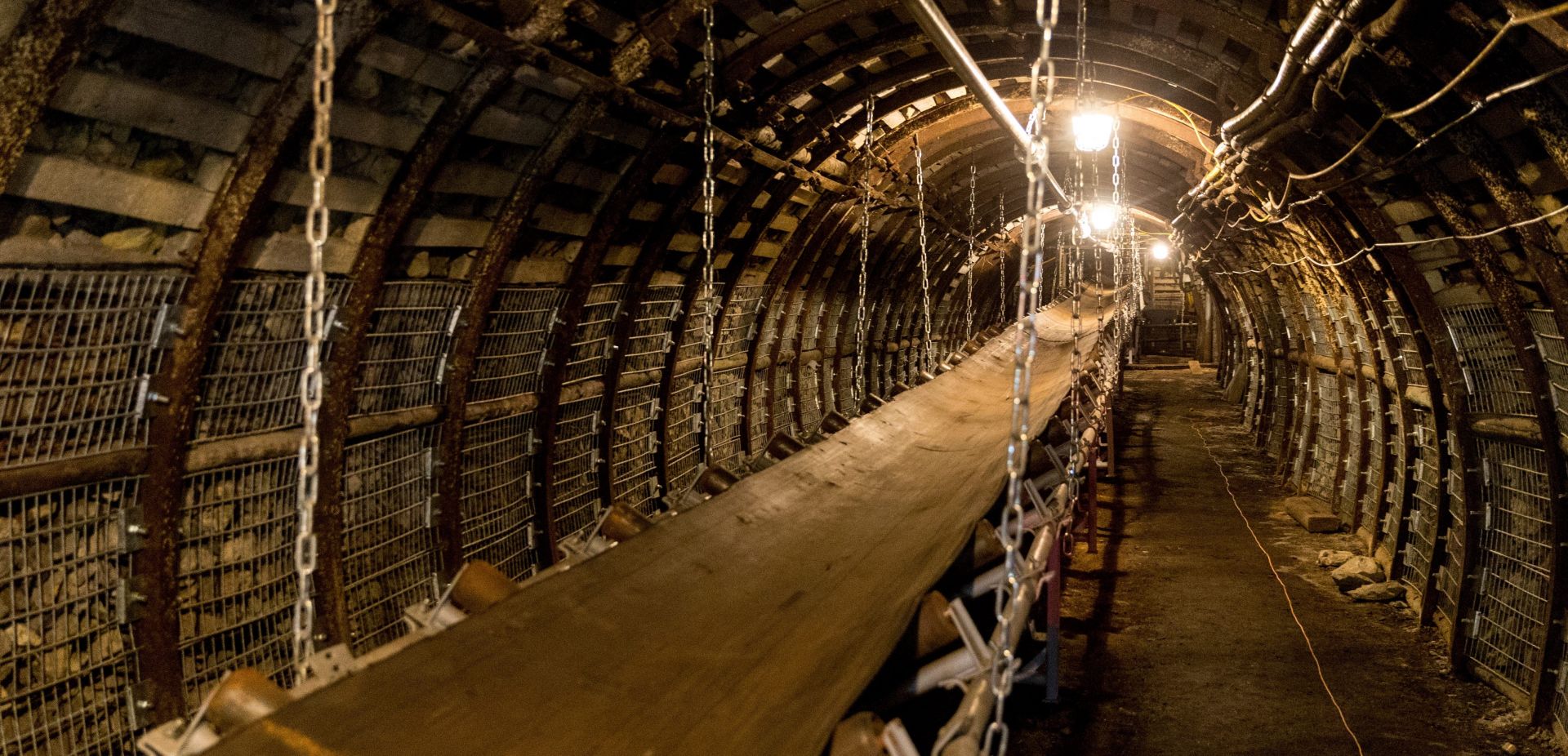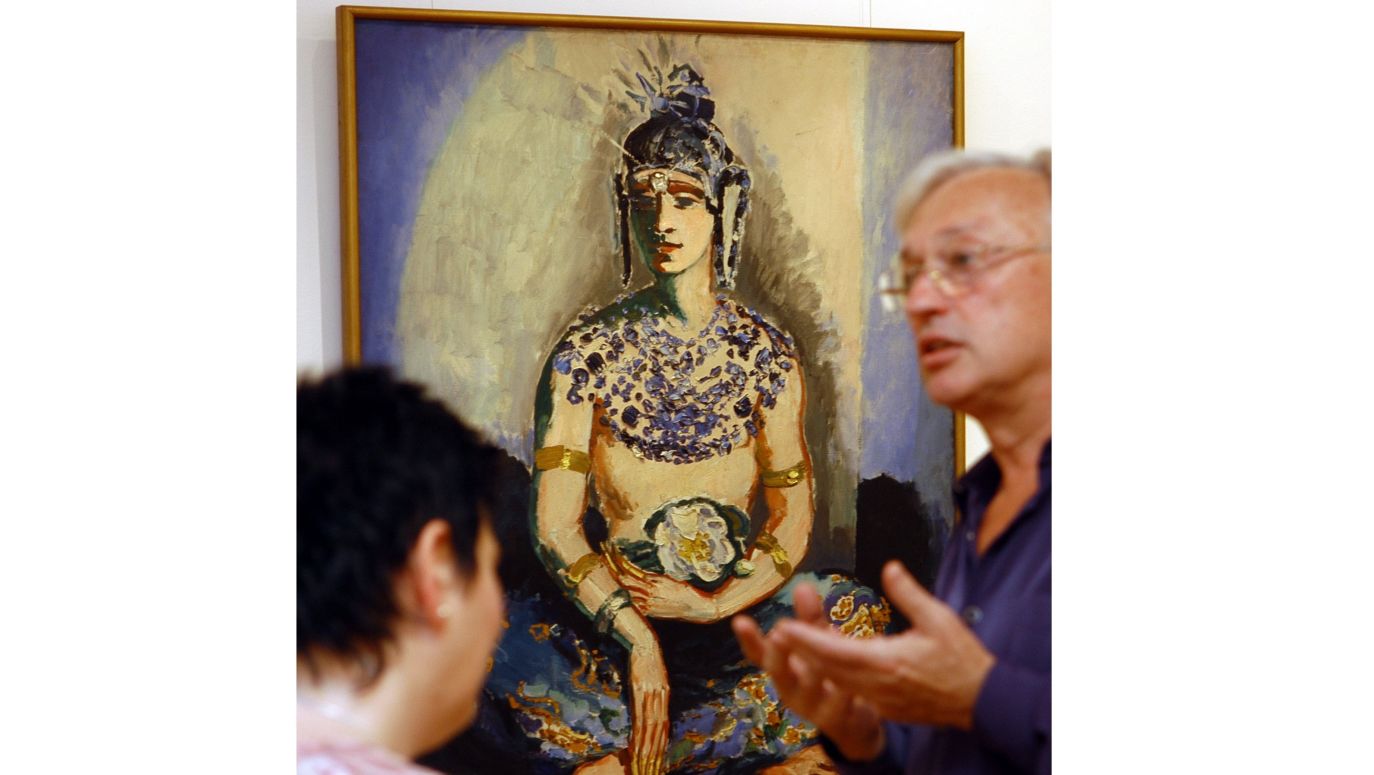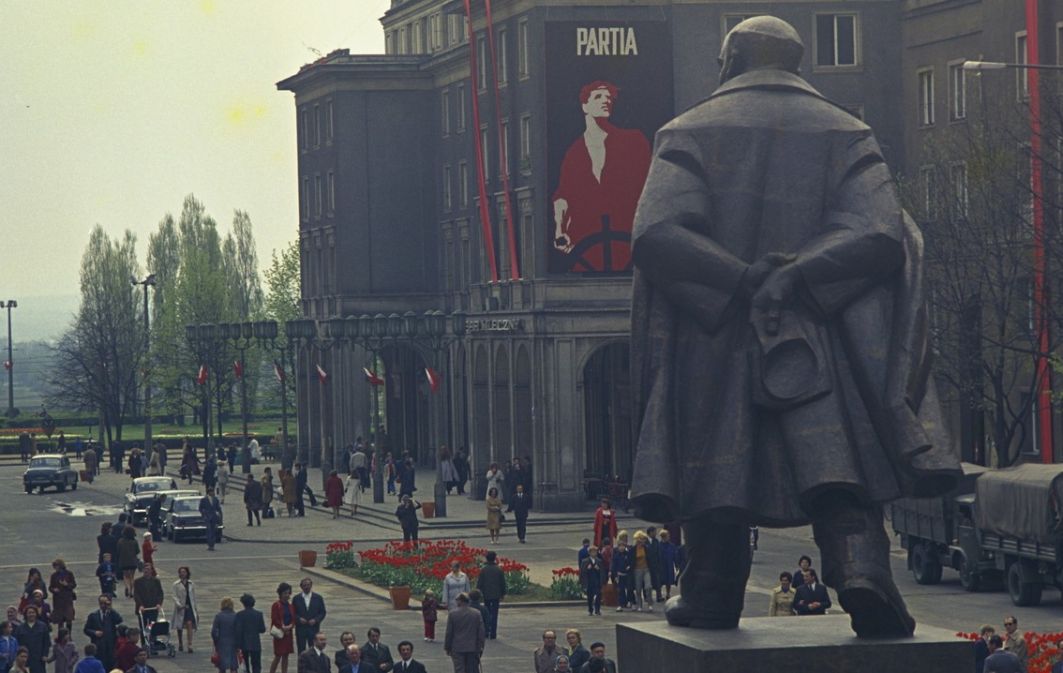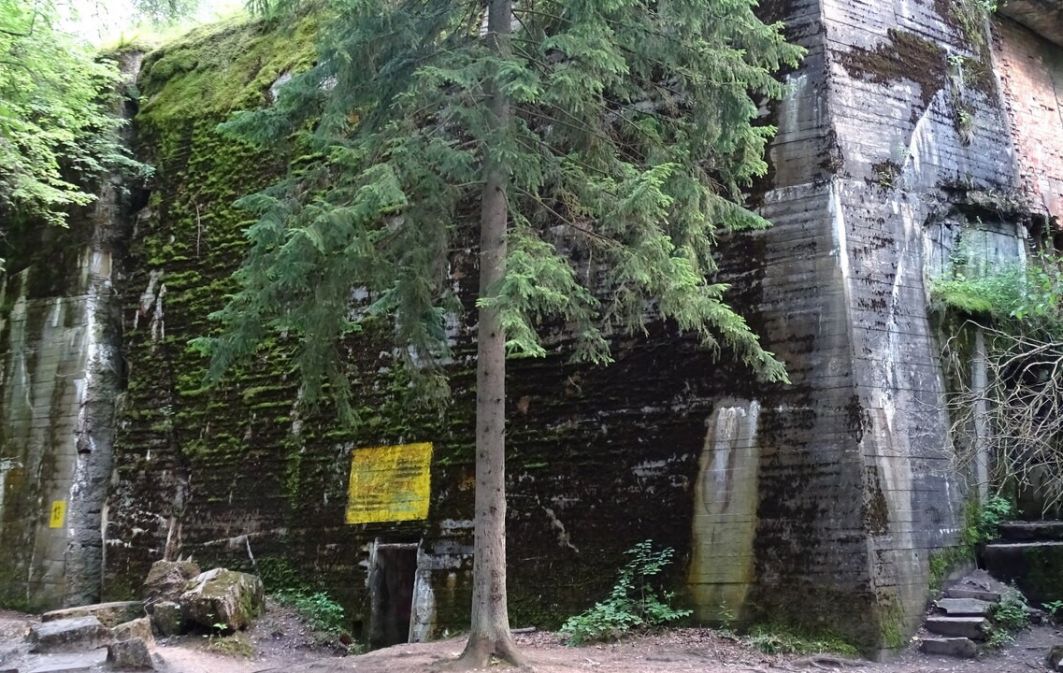Fortunately, like in the Silesian district, there is an underground museum, the only one which is a former mine. In Zabrze, one hundred miners still make sure that a mine - which needs to be considered as the Napoleonic period one – can constantly receive tourists. And there are unique places, such as an adit, which in the past was used to float all the mining products, drain water or transport technical equipment. Today, it is open to visitors for about one and a half kilometres long.
 SIGN UP TO OUR PAGE
SIGN UP TO OUR PAGE  Do you want the Heritage Revitalization Agency to be established? What is this institution supposed to be like?
Do you want the Heritage Revitalization Agency to be established? What is this institution supposed to be like?
Let's look at Zabrze town that I have already mentioned. The revitalisation of monuments there is supported by four institutions: the Zabrze Commune, the regional council, the Ministry of Culture, and the Ministry of State Assets. The cost of creating the museum in a place of the former mine came up to as much as 400 million PLN, and they were taken from different funds.
Next to the mine, there is a unique monument, a heat and power plant built in 1897. It looks like a large cathedral. In December 2022, it was taken over by the city. It is a huge space (220,000 cubic meters, while the Malbork Castle has 250,000 cubic meters) that can be used for cultural and educational purposes. But such facilities require special treatment, and cost of adapting the former CHP plant to any new assignment would be enormous.
And another example is Przemyśl. Construction work is needed on an even larger scale there. We are talking about huge investments, such as those to transform this city into a tourist attraction. It's not just about the old town of Przemyśl, but also about the Przemyśl Fortress - why not create a World War I museum there? The film “All Quiet on the Western Front” wins numerous awards, but does anyone know - in Europe or elsewhere in the world - what was happening on the Eastern Front at the time, in Przemyśl for example?
You have to think about it at the central level. How many people know that several dozen places in Poland used to belong to the Knights Templar? Why haven't we created a museum of the Yotvingians yet?
Let us remember that revitalised old towns will not only serve as tourists attraction but also increase the quality of life of their residents. And this comfort level will determine whether people want to live there at all. Hence, the idea of establishing an agency that would operate on a large scale, solve problems holistically and invest in entire cities. Of course, in cooperation with local governments and private companies.
Do we have any chance to compete with countries like Italy or Greece?
Our cities will not become the second Rome, Florence or Athens, but thanks to the skilful monuments revitalisation, Poland may become much more attractive than before in terms of tourism; at the same time, it may become a country where it could be far more comfortable to live and reside. This requires intense activities and large investments. But they should pay back in the future - and with interest. We also need to talk about ourselves in a better way than before, because we have already done a lot, but the world needs to learn about it as well.
We have the war beyond our eastern border and high inflation in the country. Is this a good moment to deal with monuments?
In our part of Europe, a conflictual situation has been going on for about three hundred years; wars break out here and there, and front-line combats move back and forth. As a result, the whole area suffered heavily, and Poland suffered a particular loss. This is still visible if you look at the condition of our monuments.
This is also indicated in the public opinion survey conducted by IPSOS in December 2022. Poles expressed the conviction that monuments should be taken care of even in a difficult economic situation. In this study, we asked about various things – and the answers were unequivocal. Respondents replied that they felt the effects of the ongoing war beyond our eastern border; they are affected by inflation. They indicated that they needed a sense of security and faith in the state.
Care for our cultural heritage turned out to be important for them in this context. As much as 87 percent of Poles believe that investing in monuments will contribute to economic growth.
What is the biggest problem with monuments in Poland - we don't care enough about them, or we don't have enough money to take care of them?
First of all, we must ask ourselves an important question: what do monuments mean to us? Wawel Royal Castle is definitely such a monument, just like the Royal Castle in Warsaw. What if we live in a house that is three hundred years old? Can we treat the post-World War buildings as monuments?


 SIGN UP TO OUR PAGE
SIGN UP TO OUR PAGE 




